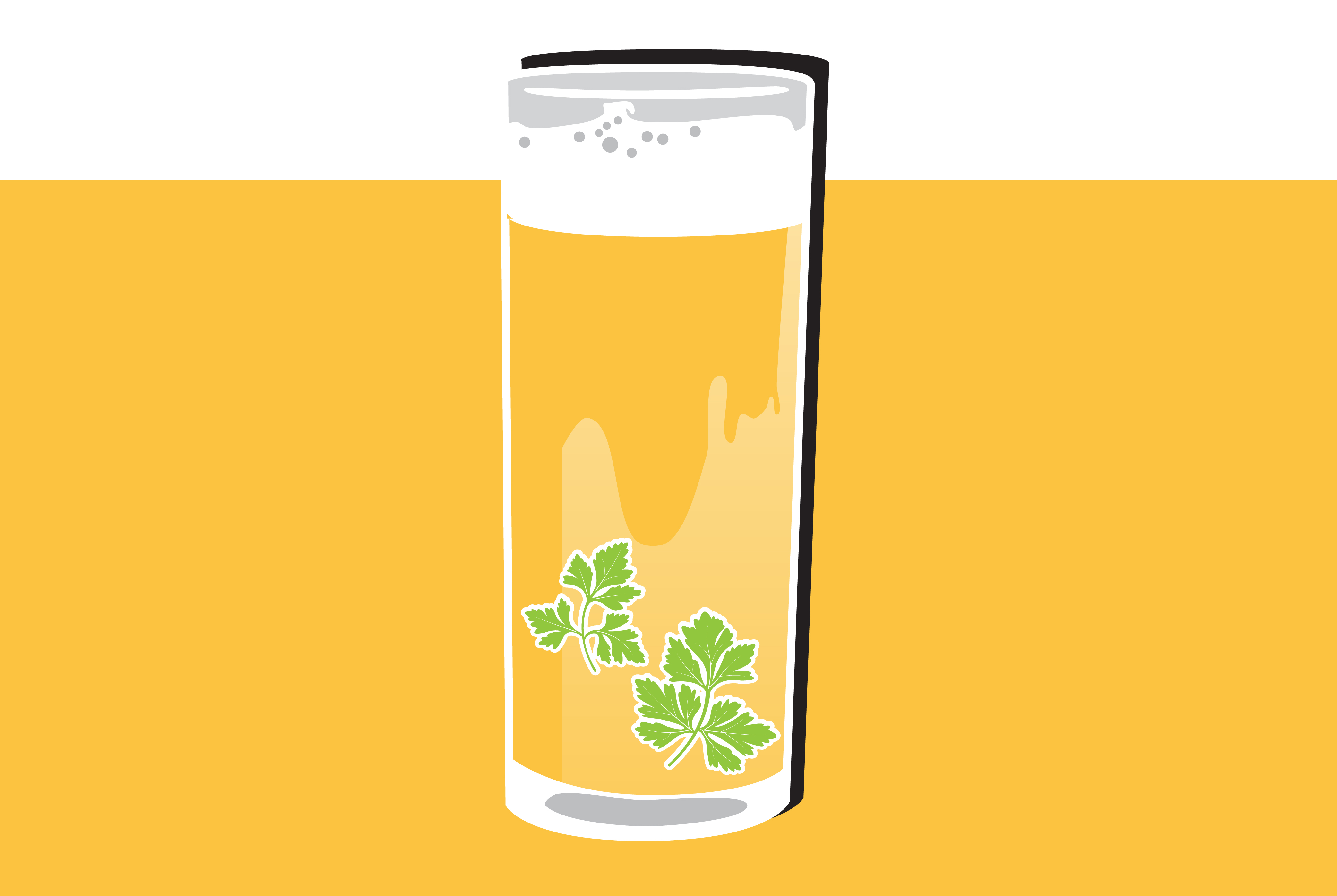Shop
What’s a Gose?
Tart and salty, this unique German beer is back in style.
Travel to where the Abzucht and Gose Rivers intersect and you’ll find yourself in Goslar, Germany, the birthplace of the recently popular but 1000-year-old gose style beer.
In case you’ve always wondered but have been too shy to ask, the correct pronunciation is “go-suh.”
Made with 50 percent malted wheat, 50 percent malted barley, and coriander, goses defy the standard notion of German beer. Originally, brewers made goses using spontaneous fermentation (when cooling wort is left exposed to the open air and floating yeast and bacteria), which resulted in a tart flavor with accompanying herbal characteristics from the coriander.
Additionally, the saline qualities of the local water in Goslar imparted a strong saltiness to the beer.
These days, the tartness comes from top-fermenting yeast and the addition of lactobacillus bacteria, the same type of cultures found in cheese, yogurt, and kombucha. Saltiness is replicated with the addition of salt.
Goses are newly popular in the craft beer world. Their unique qualities (light tart flavor and low ABV) offer a new take on summertime session sipping.


